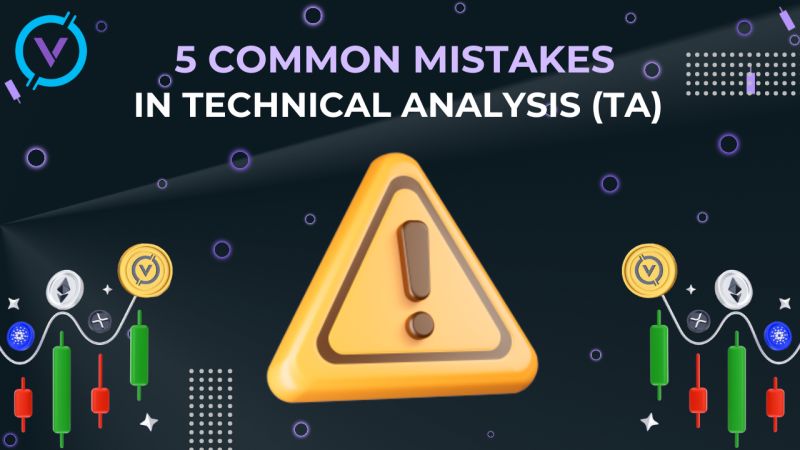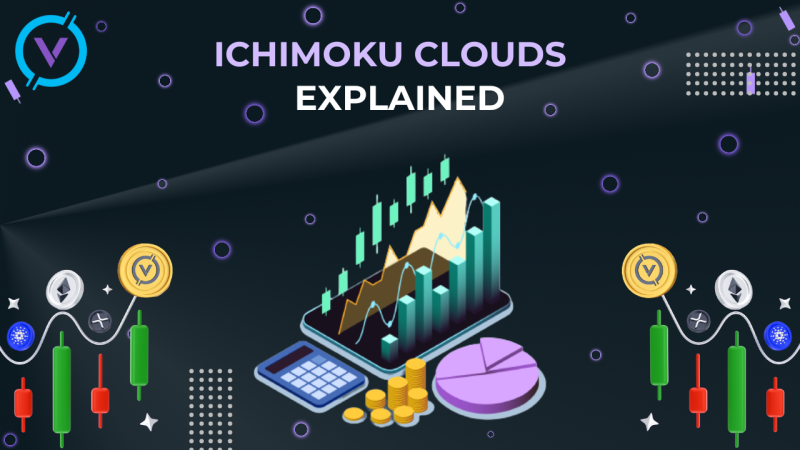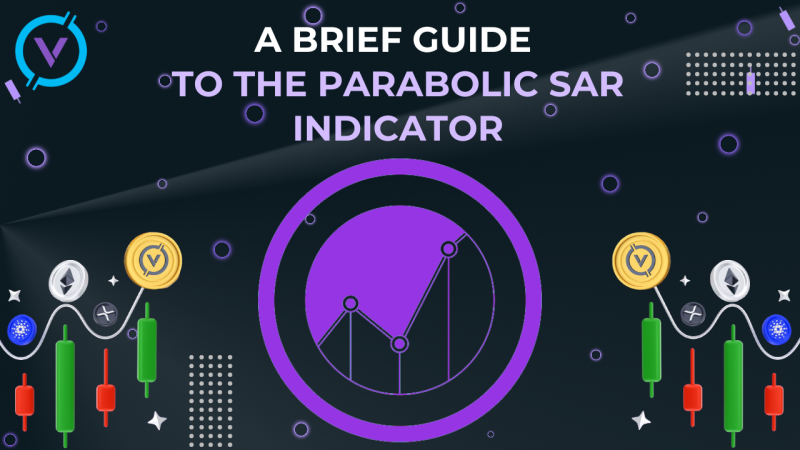Not all stock market players have sufficient amounts to trade. Trading often requires a lot of money, and there may not be any.
In this situation, they resort to leverage. Brokers provide ordinary players on the stock exchange with loans secured by the shares themselves, allowing them to make risky transactions.
Margin trading is a transaction in which an investor takes a loan secured by a broker to purchase an asset. And if we talk about the crypto market, then everything is almost the same there. Margin trading on the crypto market is the process of borrowing money from a crypto exchange and subsequent trading with borrowed funds.
Leveraged assets provide the trader with increased purchasing power (or "leverage") and the potential to make more profit. In other words, leverage describes borrowing funds to enter a larger position than the trader's own funds allow.
Margin is a type of leverage in which you use part of your funds as collateral to increase purchasing power on the stock exchange. Margin makes it possible to borrow money from a broker at a fixed interest rate.
How does margin trading work?
Traditionally, this process looks like this: The player believes that the shares of a certain company should soon rise in price. To make money, he wants to buy them for the maximum possible amount.
The broker offers him leverage trading. That is, to take part of the money to buy shares in debt. Leverage or margin is the size of the loan, expressed by the ratio between your own funds and borrowed ones.
Example of margin trading: you are going to buy $5,000 worth of shares, and your own funds when making a transaction amount to $500. To buy, you borrow $4,500 from a broker. Thus, your leverage will be equal to 10x, and the margin will be 1:10.
Or, a leverage of 1 to 5 means that a trader needs to invest 20% of his own money so that the broker gives him the remaining 80% on credit.
In fact, the same logic applies here as when buying an apartment with a mortgage: the amount of leverage depends on the broker's policy and the reliability of the borrower, shares become collateral, and you will have to pay for using the money.
And instead of a down payment – a margin requirement. A margin of 30% means that the broker is ready to give a loan of 70% of the transaction value.
A long position (long) implies the opening of transactions in the expectation that the asset price will go up in the near future. A short position (short), on the contrary, provides earnings on the fall in the value of assets.
Pros and cons of margin trading
The risks of margin trading are assessed as very significant. This method of trading is usually chosen by experienced investors.
The advantages of margin trading include:
- the ability to make large transactions in the absence of the necessary capital;
- the opportunity to receive many times more profit when opening positions with margin.
The disadvantages of margin trading are as follows:
- leverage operations may not be available for all assets;
- the size of losses when the value of assets falls increases;
- for margin trading, you need to pay a commission to the broker;
- the probability of a broker forcibly closing a position when the price of an asset falls below the minimum margin.
Also note that you should not choose brokers that offer too much leverage — the greater the leverage, the riskier the trade. Rely on reliable trading platforms with a proven reputation
Margin trading on cryptocurrency markets
The term "margin trading in cryptocurrency" means a specific variant of trading operations with virtual currencies. Such transactions are carried out on special trading platforms - crypto exchanges. Here the goal is similar — earning on price fluctuations (volatility).
Only in this case, the trader borrows an additional amount from the cryptocurrency exchange to increase the volume of the order. And, accordingly, the chance to get a more substantial profit.
For example, you have 10,000 USDT in your account. Your decision is to go long (buy for the future) bitcoin in the hope that the price of the asset will subsequently rise and you will be able to make money on the difference by selling. With x5 leverage, you can buy bitcoin for 50,000 USDT, not 10 thousand.
But the situation has changed, and the asset, on the contrary, began to become cheaper. When the exchange calculates that your 10,000 USDT is nearing the end, it notifies you of this with a margin call (a message about the loss of a position). Or pulls up funds specially provided by you for this case from the margin balance, and only then sends a margin call (depends on the type of leverage, there will be a separate section about this).
Conclusion
This type of trading is a very convenient and useful tool, but it should be remembered that this type of trading can also increase losses. And having a deal with cryptocurrency, then be even more careful because of the high volatility of the market.


